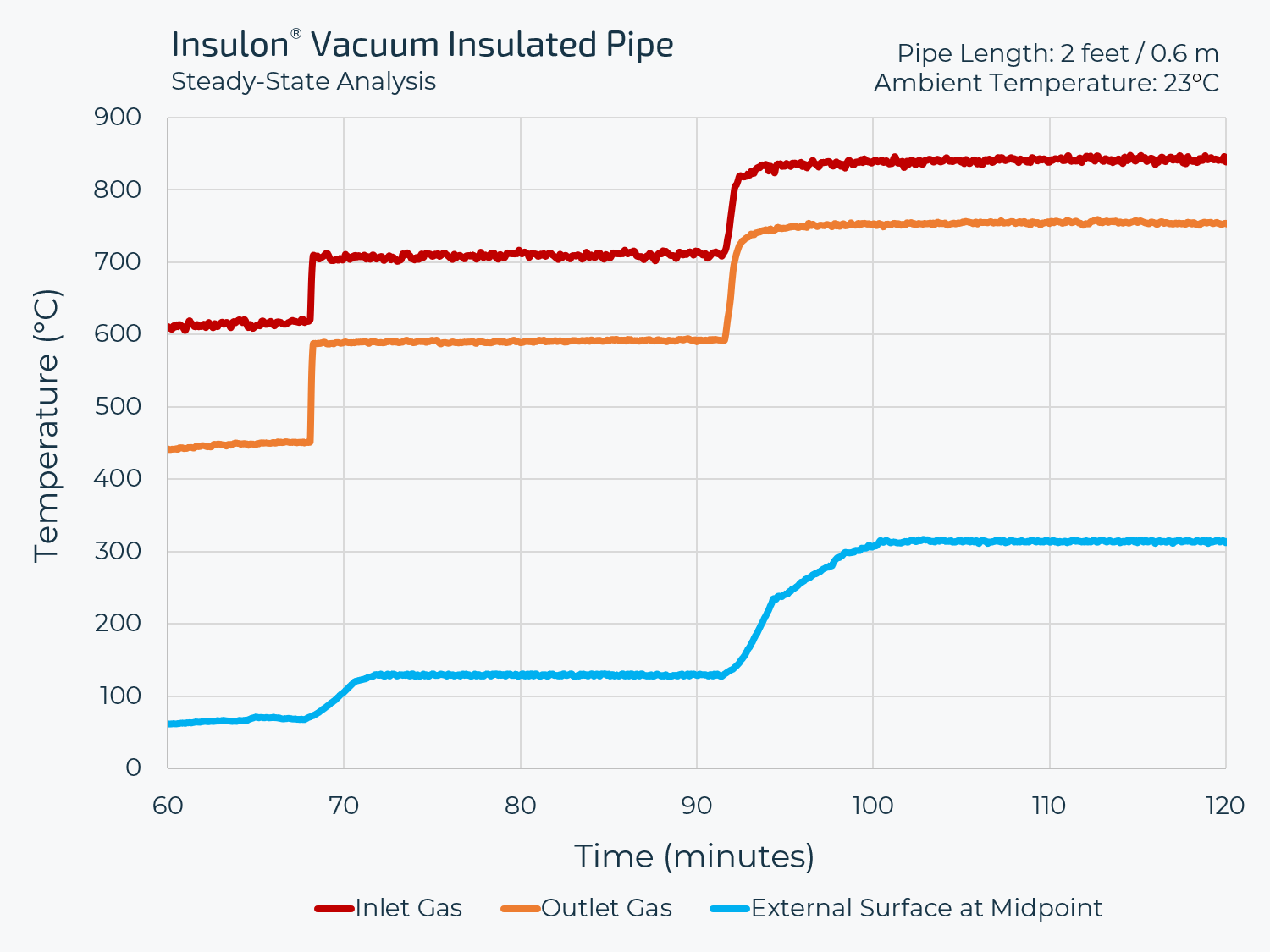Automotive exhaust systems present some of the most extraordinary and space-constrained challenges for thermal insulation and thermal management. Conventional insulation materials just aren’t sufficient for today’s high-temperature, compact vehicle exhaust systems. In addition, regulators and consumers alike are putting pressure on car manufacturers to improve exhaust systems and reduce harmful emissions.
High-Temperature Vacuum Insulation
Insulon® advanced vacuum insulation can be engineered for high-temperature applications up to 815°C or higher, depending on the product. Insulon® can be applied to exhaust system components including exhaust pipes, catalytic converters, manifolds, turbochargers, finishers, and motorcycle exhausts. Enhanced thermal insulation performance can help automotive exhaust systems:
- meet packaging requirements
- increase internal temperatures
- reduce external temperatures
- improve efficiency
- decrease warm-up times
- reduce cold-start emissions
- protect sensitive components
- improve aesthetics
Thermal Insulation Performance
The chart below details the thermal insulation performance of a 2-foot Insulon® vacuum insulated pipe transporting high-temperature gas.

In this video, Tracy Lewis Performance calls Insulon® vacuum insulation a “revolutionary new process for creating insulating properties in any pipe or tubing.” He’s demonstrating the thermal performance of an Insulon® tube that can provide high-performance insulation for automotive exhaust systems.
Cold Start Emission Reduction
One area of focus is on reducing emissions from the cold start period. The term “cold start” refers to starting a vehicle when the catalytic converter is at ambient temperature. During this period, the catalytic converter has not yet reached “light-off” temperature, which means significant levels of harmful emissions (hydrocarbons, carbon monoxide, and nitrogen oxides) are being released into the environment.
High-performance vacuum insulation offers a low-footprint, rugged, and passive insulation solution for automotive exhaust systems. By retaining heat in the exhaust hot end, vacuum insulation can help reduce the time to light-off temperature. One study from the National Renewable Energy Laboratory (NREL) found that vacuum insulation could reduce cold-start carbon monoxide emissions from a standard three-way converter up to 91%.
Download our technical data sheet to learn more about how vacuum insulation can help improve vehicle exhaust systems and reduce harmful emissions:
